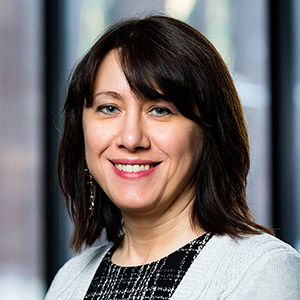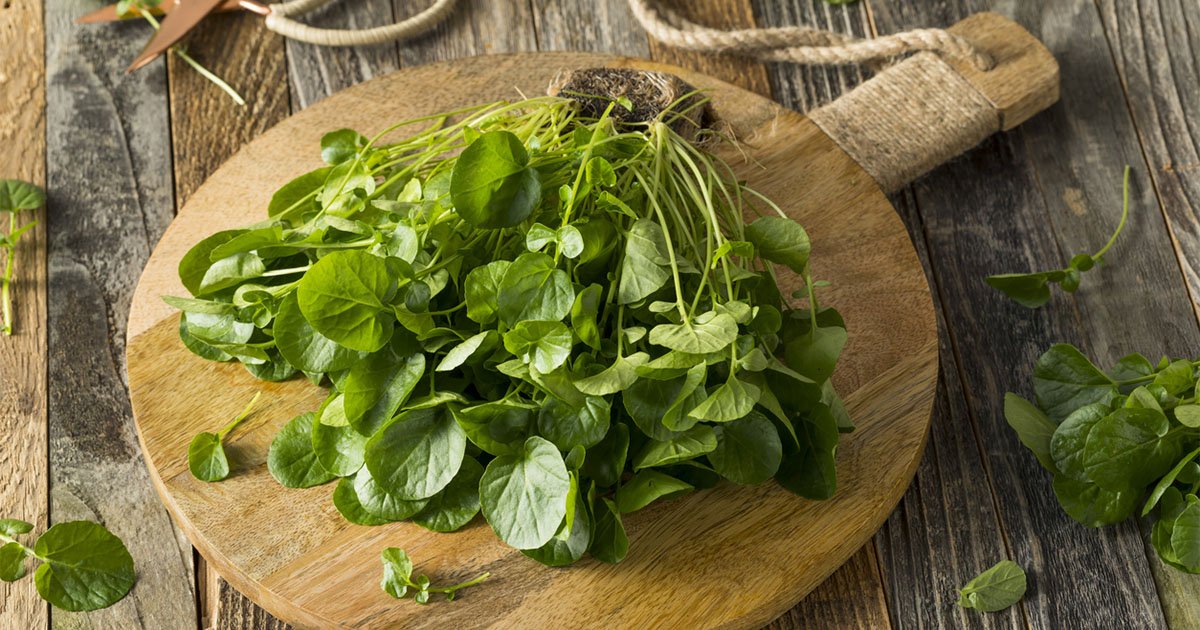Residents of Chiang Mai, Thailand experience some of the worst air pollution in the world. A range of factors—widespread burning of biomass materials in agricultural areas, cross-border smoke from neighboring countries, and the city’s location in a valley surrounded by mountains which prevents pollution from dispersing—cause the city’s air to routinely reach hazardous levels posing serious health risks, especially for children, older adults, and people with heart or lung conditions.
 As University of Minnesota Distinguished McKnight University Professor and Mayo Professor in Public Health Irina Stepanov points out, local residents are often unable to avoid this toxic air. “People exposed to polluted air have no choice—they can’t simply stop breathing,” says Stepanov.
As University of Minnesota Distinguished McKnight University Professor and Mayo Professor in Public Health Irina Stepanov points out, local residents are often unable to avoid this toxic air. “People exposed to polluted air have no choice—they can’t simply stop breathing,” says Stepanov.
With a new grant from the University of Minnesota’s Center for Global Health and Social Responsibility, in collaboration with Dr. Kanokwan Kulprachakarn and other researchers at the Chiang Mai University in Thailand, SPH researchers are exploring a simple but potentially powerful tool to fight the harmful health effects of air pollution: the leafy green vegetable watercress. Watercress is considered a potential natural detoxifier of air pollution-related toxicants because it contains a plant compound called phenethyl isothiocyanate (PEITC).
Study participants, selected from healthy, non-smoking Thai adults in Chiang Mai, will consume measured portions of fresh watercress over a week during two distinct seasons: the lower-pollution months of September to December, and the higher-pollution period from February to April. The study will examine how watercress affects biomarkers indicating elimination of air pollution-related toxicants, as well as its impact on the toxicant-induced DNA damage (an indicator of cancer-related changes in cells).
The study has three key aims:
- Comparing air pollution levels in two seasons. Pollution levels differ greatly depending on the amount of agricultural biomass burning that takes place at different times of the year. The researchers will look at how air pollution differs between seasons, and measure how much pollution people are exposed to during each time.
- Determining the extent to which eating watercress helps the body get rid of harmful chemicals. Participants will eat watercress for one week, and researchers will test their urine to see if their bodies are better at removing toxic chemicals after eating it. These effects will be compared between the low- and high-pollution seasons.
- Examining how watercress helps protect DNA from damage. The study will also look at cells from participants’ mouths to see if eating watercress reduces signs of DNA damage caused by pollution.
The findings of the research could pave the way for larger NIH-funded studies and the eventual development of food-based or supplemental chemopreventive strategies for populations around the world exposed to harmful air pollution.
About the Center for Global Health and Social Responsibility
The University of Minnesota’s Center for Global Health and Social Responsibility’s mission is to advance health world-wide through collaborative partnerships, sustainable programs, and academic excellence—and do it in a socially responsible, equitable way. To achieve these ambitious goals, the Center supports global health research at the University of Minnesota as well as through its networks around the world.

